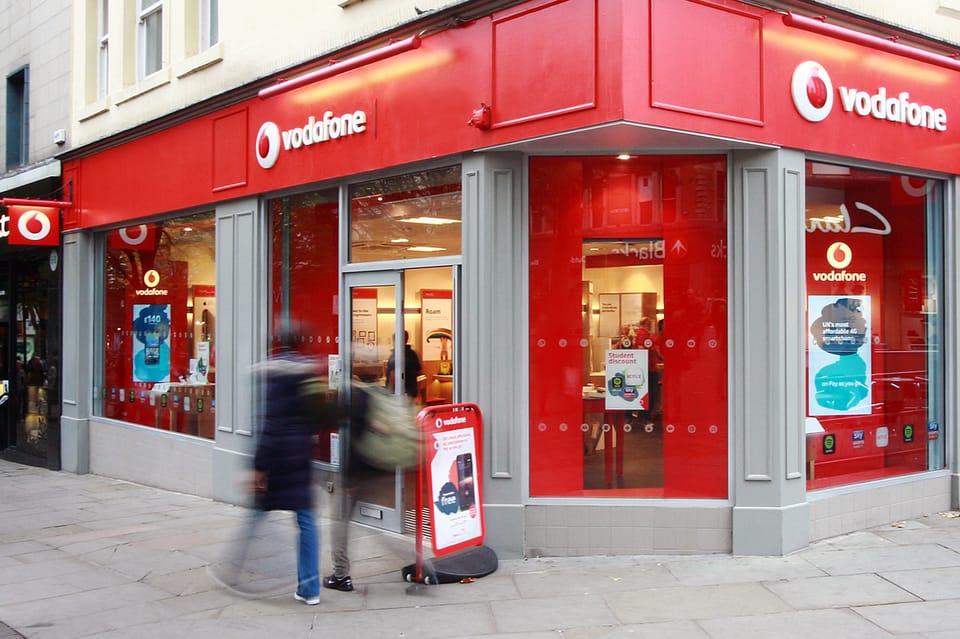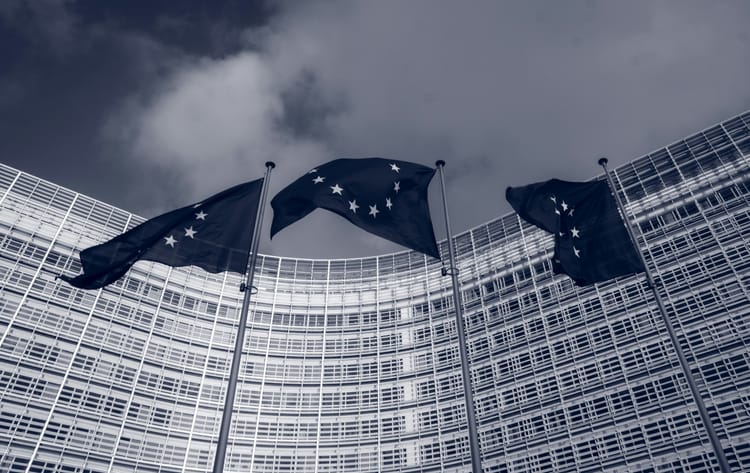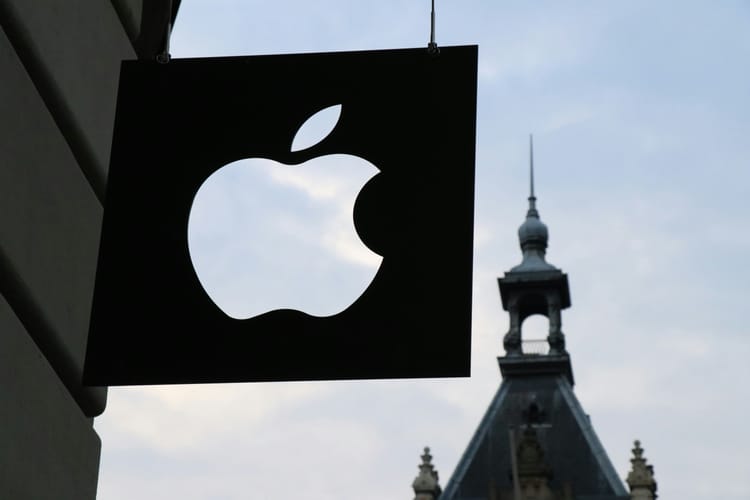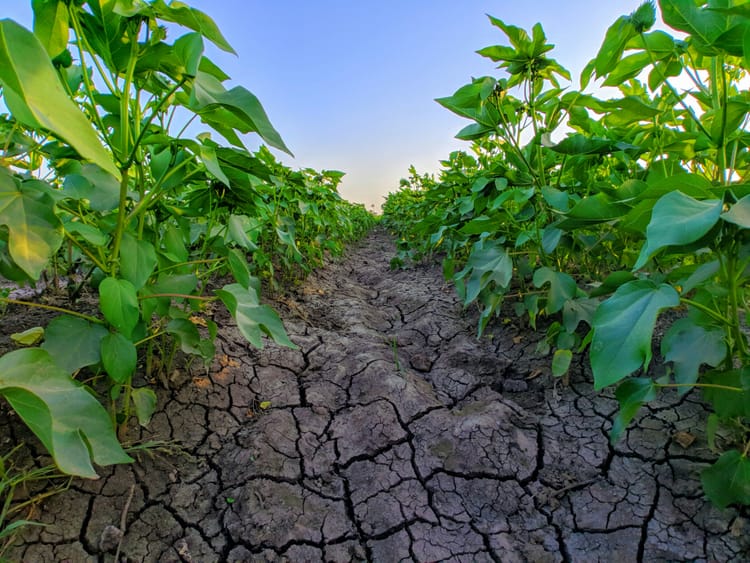Vodafone plans to halve Scope 3 emission in just four years

Vodafone’s first climate transition plan shows that the European telco expects Scope 3 emissions to remain above or around its 2020 baseline until 2026, giving it just four years to achieve its 50% reduction goal by 2030.
The company’s Scope 3 emissions have increased by 20% or more than 1 million tonnes since 2020, which Vodafone partly attributes to “improvements in the completeness and accuracy of data”. As of 2024, value chain emissions amounted to 6.07 million tonnes, with 49% coming from upstream suppliers and 14% from downstream, mostly consumer use of products.
The telco’s climate transition plan, which follows the recommendations of the UK’s Transition Plan Taskforce, reveals that Vodafone doesn’t expect to cut baseline emissions until 2027, the year it plans to publish its next transition plan.
“Our priority during this transition planning period is to turn around the upward trend in our Scope 3 emissions and set us on a correction course towards halving Scope 3 emissions by 2030,” the firm says.
Read also: Climate transition planning for compliance - A guide for CSOs
Vodafone climate transition plan: building capacity for rapid emissions reduction
Vodafone, which has a science-based target to achieve net zero emissions across its value chain by 2040, will spend the next three years “building capacity” for rapid Scope 3 emissions reductions from 2027 to 2030, including its upstream supply chain, downstream value chain, and investments.
Its 33-page climate transition plan details seven specific actions the company plans to take to lay these foundations. These include building carbon data analytics capabilities, for example by incentivising suppliers to share emissions data; engaging with key suppliers to align climate ambitions; formalise the integration of ESG considerations into investment decisions and encouraging portfolio companies to decarbonise; expanding product lifecycle and encouraging repairs and returns; offering lower-carbon devices; engaging with device manufacturers to reduce their carbon footprint; and raising consumer awareness around the climate impact of their electronic devices.
In order to reduce supply chain emissions, Vodafone also plans to explore the potential for using “carbon data analytics or an internal carbon price to support procurement decision-making”.
Vodafone splits Scope 1 and 2 reduction targets regionally
Since 2020, the telco has managed to reduce Scope 1 and 2 (market-based) emissions by 59%, “largely as a result of energy efficiency improvements and increasing renewable electricity purchasing”, putting it on track to achieve its targeted 90% reduction by 2030.
But recognising the differences in renewable energy availability in the regions where it operates, Vodafone has now split its near-term Scope 1 and 2 reduction goals into several regional objectives.
In Europe, the company is aiming for net zero operational emissions “no later than 2028”, and even expects to achieve this goal earlier than that in some markets (2025 in Germany, 2027 in the UK).
However, the company notes that “reducing Scope 1 and 2 emissions in African markets will be more challenging than in Europe, due to the earlier stage of maturity of renewable electricity markets and grid infrastructure, and a higher dependency on fossil-fuel (diesel) powered generators”. As a result, it has set a deadline of 2035 to achieve net zero operational emissions on the continent.
Carbon reduction initiatives and Vodafone's disclaimer
The continued decarbonisation of Vodafone’s operations will involve matching 100% of electricity use with renewable sources, improving the energy efficiency of networks and equipment, exploring alternative fuels and transitioning the European vehicle fleet to EVs by 2028.
The telco warns that initiatives in its first climate transition plan “may not yield significant emission reductions within the transition plan period (i.e. by 2027), but will help build capacity and lay the essential foundations needed to deliver future emissions reductions in line with our 2028, 2030, 2035 and 2040 climate targets”.







Member discussion